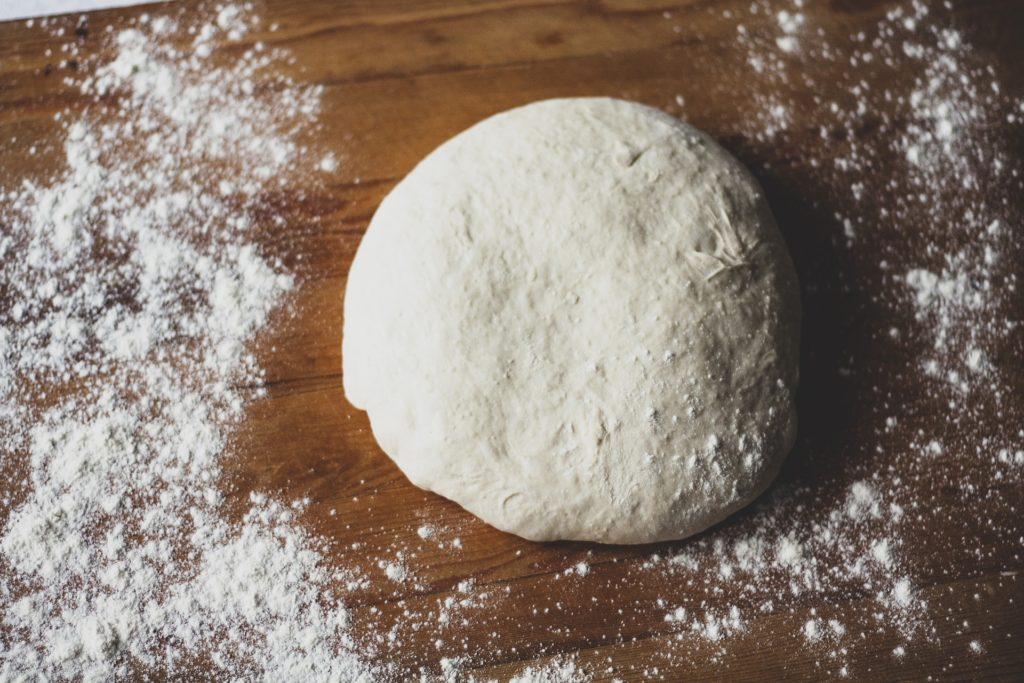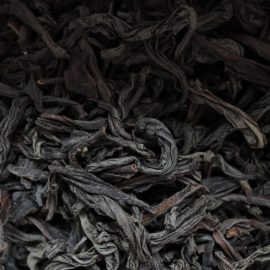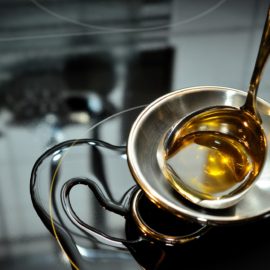
While baking soda and powder are in the same category of chemical leaveners, their chemical make up is different. This is why it is not appropriate to replace baking soda with baking powder of the same amount or vice versa. Doing so may result in undesirable changes in the baked product, although results may vary. Instead, the amount is changed and/or added with another ingredient. For example, 1 teaspoon of baking powder is replaced by 1/4 teaspoon of baking soda and 1/2 teaspoon of cream of tartar. Conversely, replace each teaspoon of baking soda with 3 to 4 teaspoons of baking powder, and leave out the cream of tartar.
Baking soda (sodium bicarbonate) is a base that readily reacts with acids to produce carbon dioxide. Citrus juice, buttermilk, yogurt, fruit juice, and cream of tartar are all examples of acid that can be incorporated. It is suggested that up to 1/4 teaspoon of baking soda can be used per cup of flour. Baking powder, on the other hand, combines the base (alkali) and acid in a single powder. For this reason, no acidic ingredient is required. Its inert filling prevents it from from absorbing excess moisture from the atmosphere that would reduce its effectiveness.
To put it simply, baking soda is pure sodium bicarbonate, whereas baking powder contains other ingredients in addition to sodium bicarbonate.
You might also like: What Does Baking Soda Do In Cookies?
When choosing a leavening agent, it is important to keep in mind that using the incorrect one can significantly alter the final product of your baked goods. But when do you need one over the other?
HOW CHEMICAL LEAVENING AGENTS WORKS
Most baked products are known for being light and fluffy. These are made possible by the addition of leavening or rising agents. Leavening is the foaming action caused by the incorporation of either air or carbon dioxide bubbles into doughs and batters. They can be categorized into three forms: biological, chemical, and physical.
You might also like: What Is A Leavening Agent In Baking?
Baking soda and baking powder are both chemical leaveners. Both of these leaveners can chemically react to produce carbon dioxide gas. But their chemical make up affects how they are used. During baking, the expanding gas bubbles they produce become trapped in the structure of the dough or batter as the gluten structure and dough volume increase. This turns the dough into a sponge. The finished product has a tender and porous texture after baking.
BAKING SODA OR BAKING POWDER?
Some recipes call for baking soda, others for baking powder, while some call for both. What factors influence your decision? Well, it is primarily determined by the desired final product characteristics. Generally, baking powder will provide a higher rise, but baking soda will give you a flatter or browner structure, like that in a chocolate chip cookie.
The baking soda causes the cookies to brown and spread out on the pan rather than floating in the air. Baking powder cookies will taste more cake-like than baking soda cookies due to the rise. If a cake-like cookie is desired, it will be necessary to add more baking powder to a baking soda-based cookie recipe because baking soda only contains about a third of the same amount of baking powder. Another reason to use baking soda is if there a need to neutralize acidic ingredient such as yogurt or buttermilk.
If a recipe calls for both leavening agents, the product is actually being leavened by the baking powder. This contains the appropriate proportion so the acids present react with the bicarbonate. The role of baking soda here is neutralize the acid present in the mixture to avoid a sour overtone. The presence of both leavening agents allows for an even distribution of rise throughout the final product.
In some recipes, buttermilk is used instead of just milk. Yes, there is no need for an acid, but buttermilk is thick. Not only it provides milk proteins that interfere with gluten, it also reduces its development. This significantly reduces the amount of flour needed when added to batter.
If a recipe contains Dutch-processed or alkalized cocoa powder, it is often partnered with baking powder. The pH or acidity level of alkalized cocoa powder is near neutral. Hence, it does not react with baking soda.


